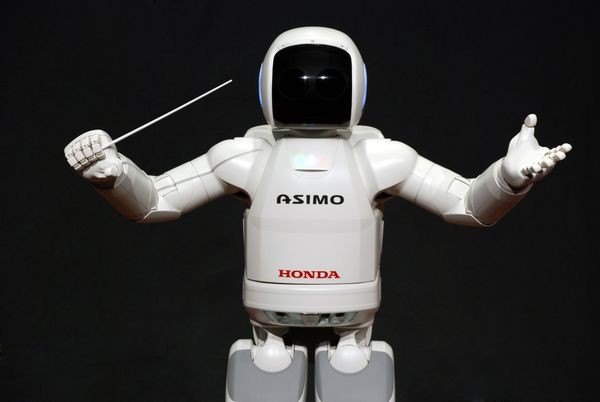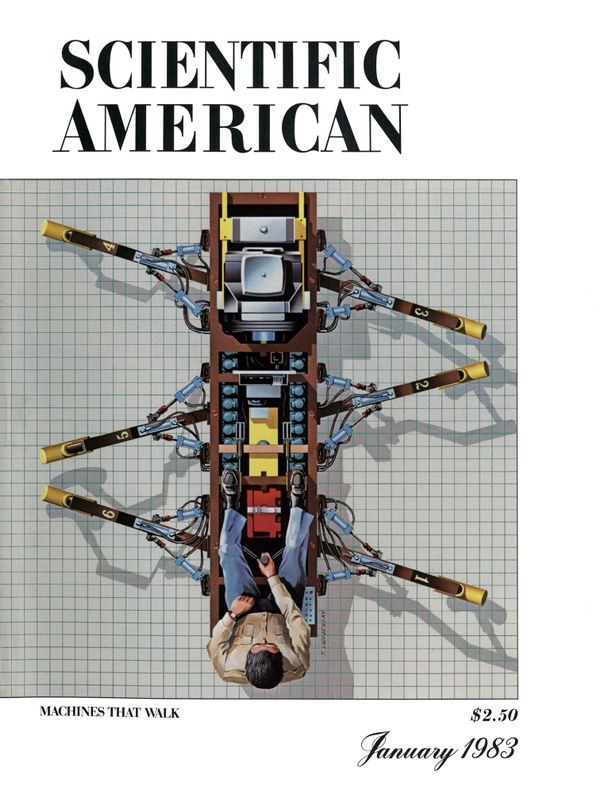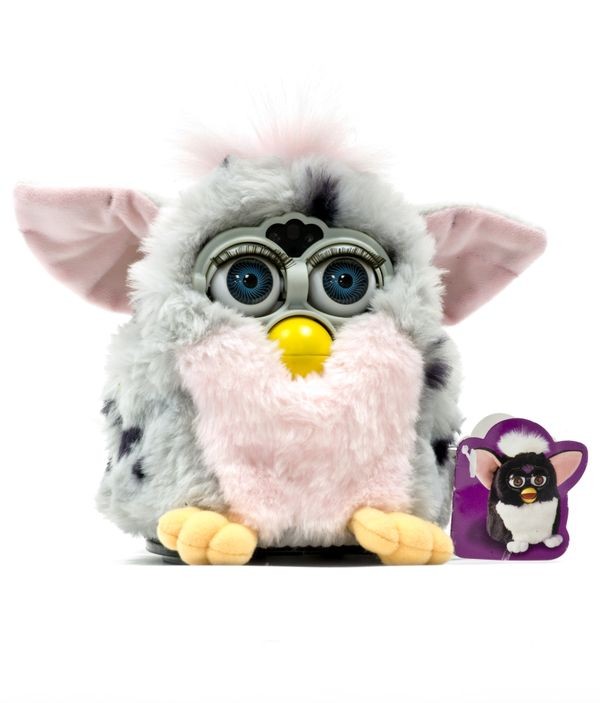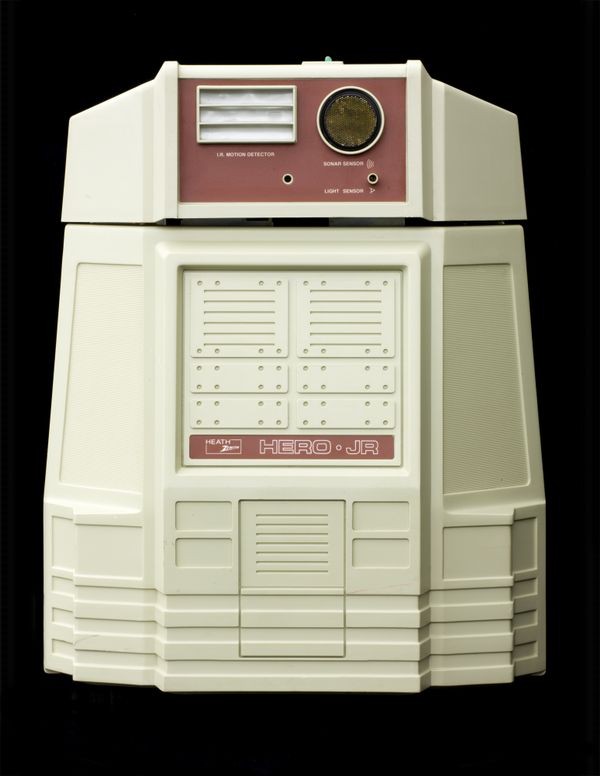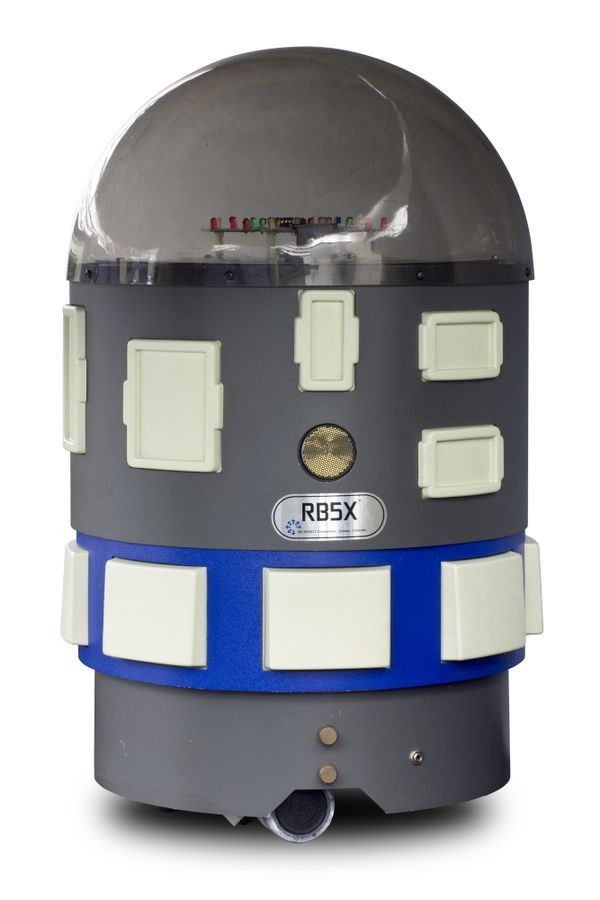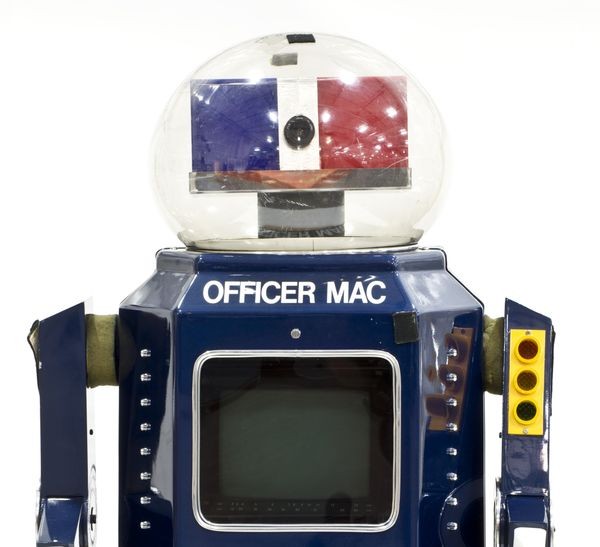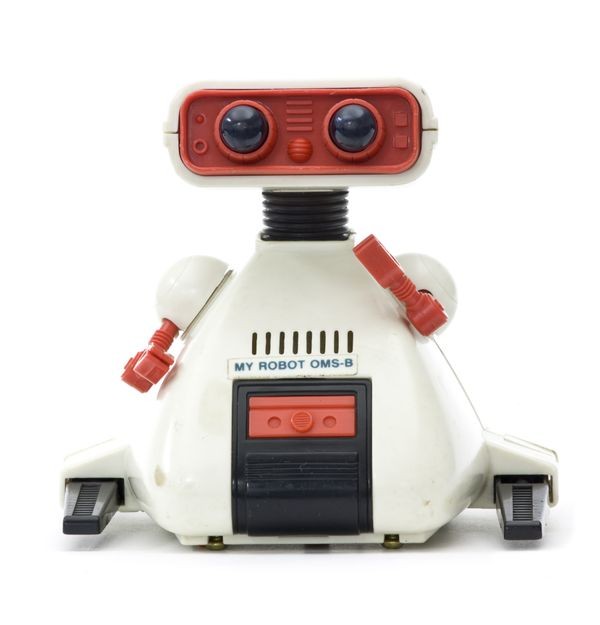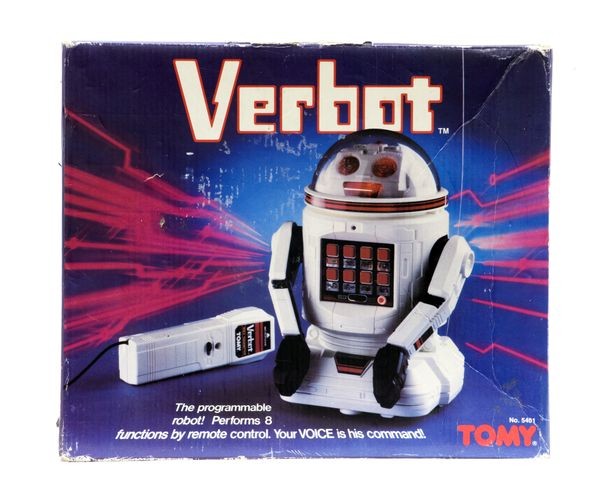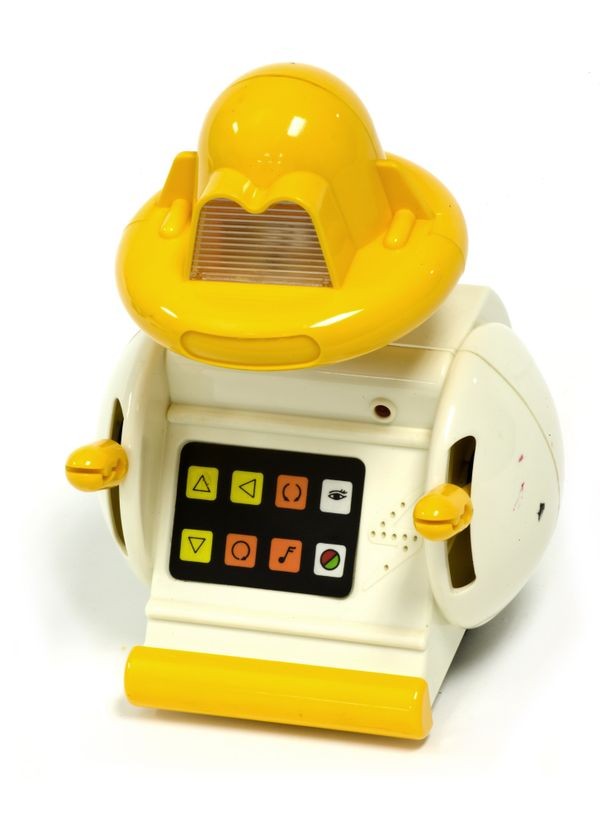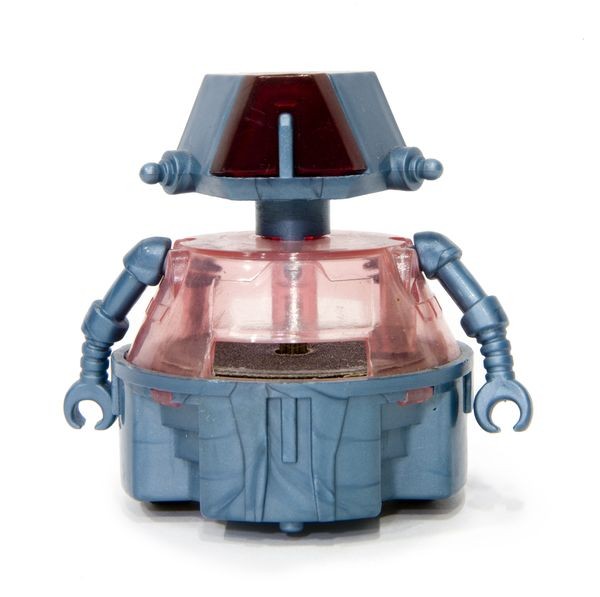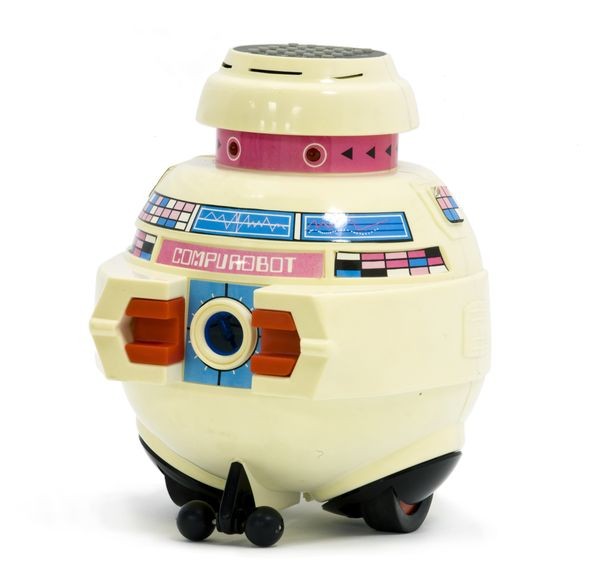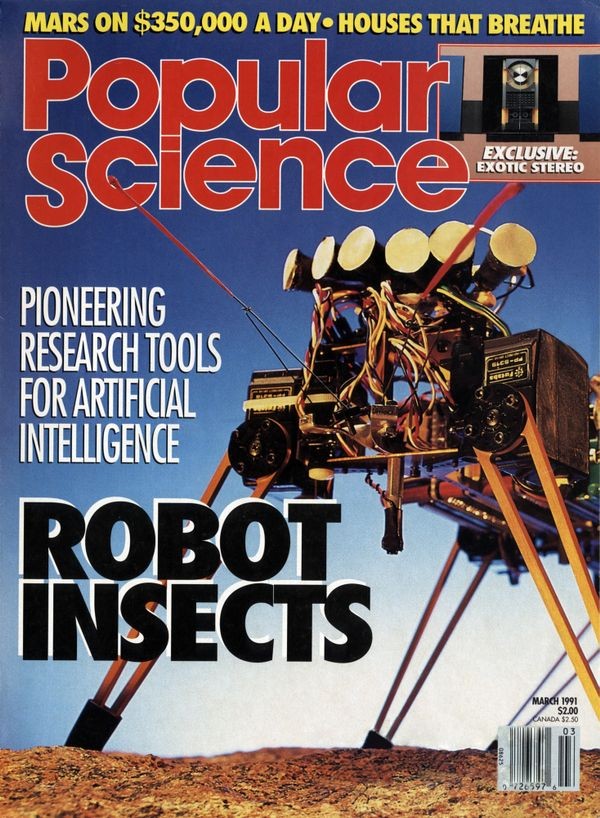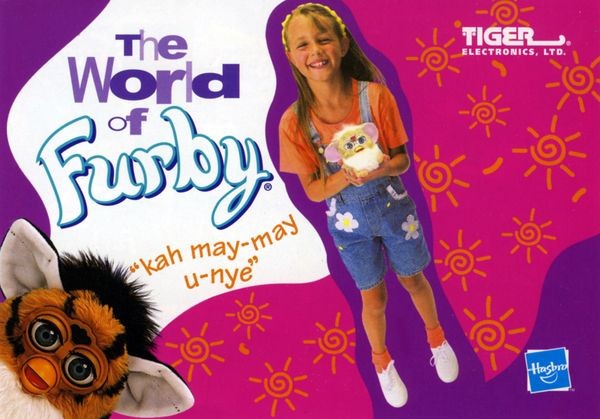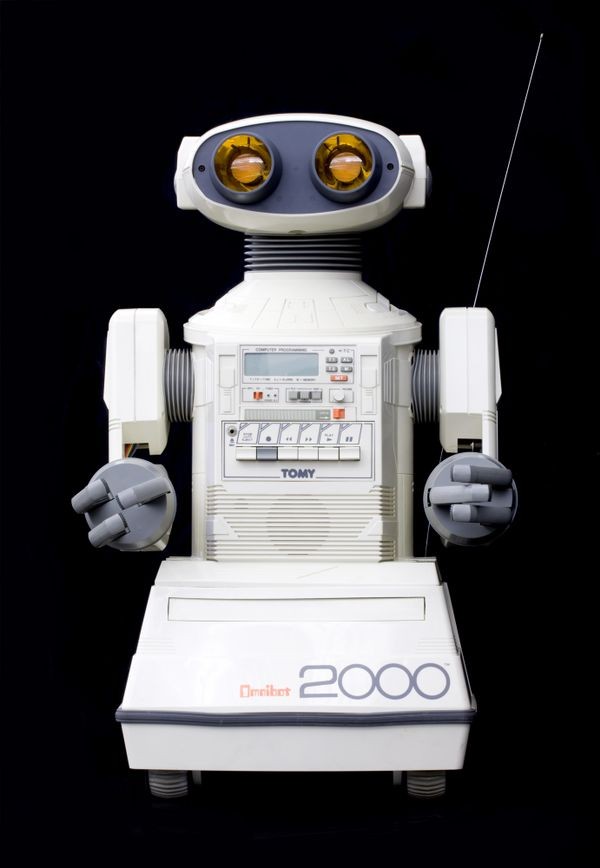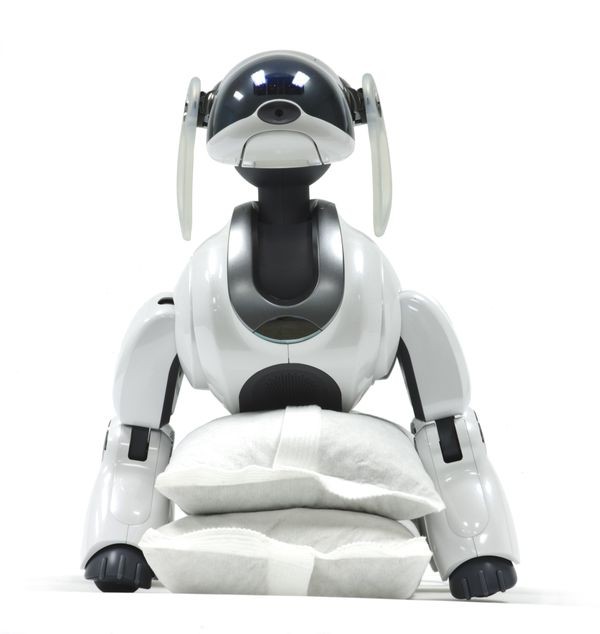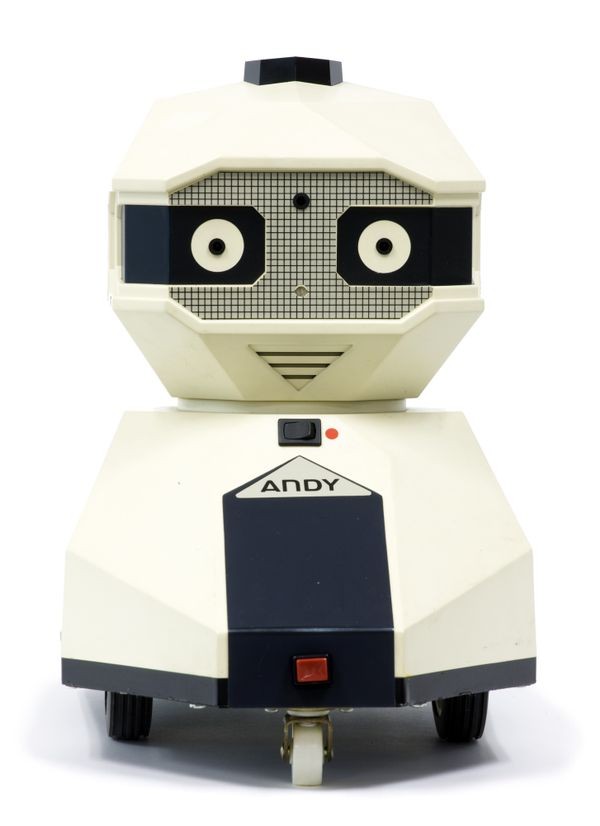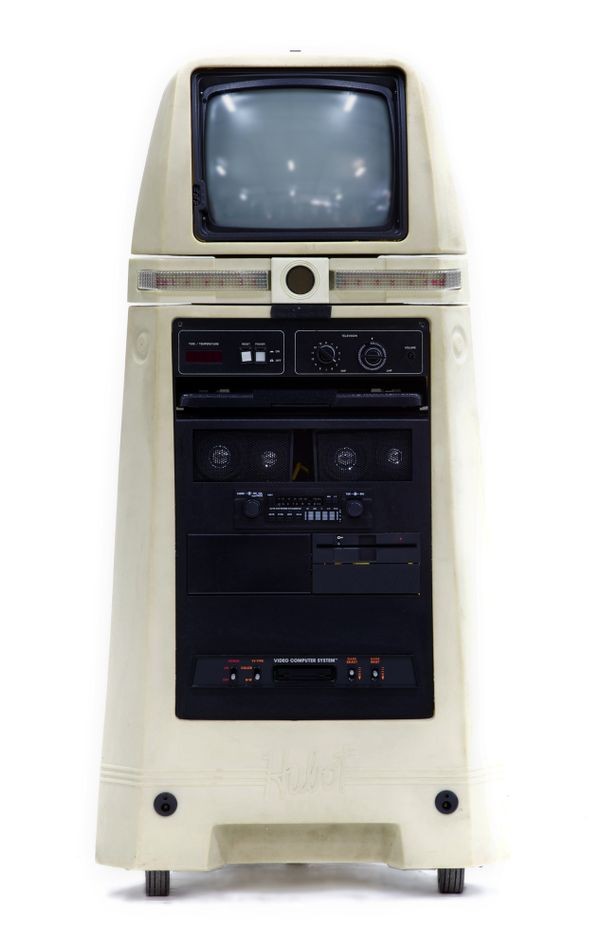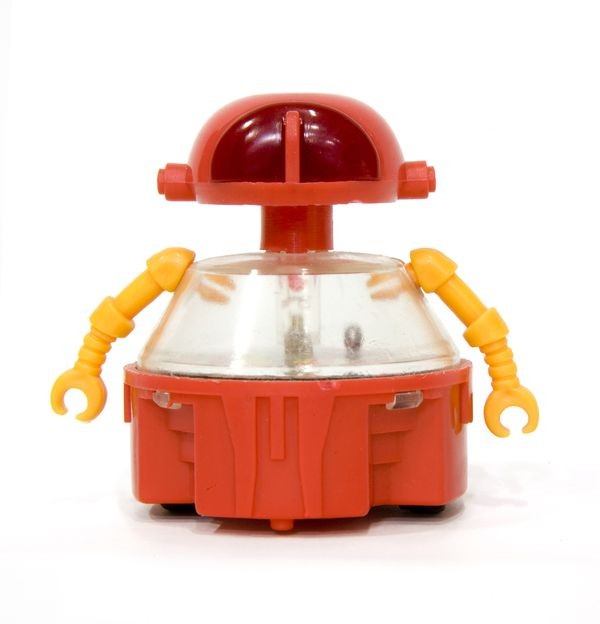The Robots Around Us
Asimo
Honda’s Advanced Step in Innovative Mobility could walk 1 mph, climb stairs, interpret hand gestures, detect hazards and recognize faces. About 100 were built.
The Robots Around Us
Robots can be fun toys or serious tools. Sometimes both. And all are endlessly fascinating.
Building and selling robots for industrial and consumer use is now a multi-billion dollar industry. Whether humanoid or machine-like, their seemingly intelligent behavior can be helpful, amusing, annoying, provocative, and, sometimes, frightening.
Hexapod walker
Machines with legs can travel over difficult terrain, but are challenging to control. Ivan Sutherland built this one at Carnegie Mellon University, “more as a learning exercise than with any utilitarian goal in mind.”
View Artifact DetailFurby
This furry toy ignited a 1998 holiday season buying frenzy, with resale prices reaching $300. Furbies spoke in their own strange language, called “Furbish,” made up of 42 words loosely based on German and Japanese,. Furbies communicated with each other using infrared sensors between their eyes.
View Artifact DetailHero Jr.
Heathkit made several home robot kits. Hero Jr. could roam hallways guided by sonar, play games, sing songs and even act as an alarm clock. The brochure claimed it “seeks to remain near human companions” by listening for voices.
View Artifact DetailRB5X educational robot
This educational robot was programmed using the computer language TinyBASIC. Sonar and “bump switches” helped it maneuver. A prototype attachment for vacuuming floors sadly proved impractical.
View Artifact DetailOfficer Mac educational robot
Officer Mac was an ambassador for the police. Operated by remote control, the mobile robot visited schools and showed videos about public safety. It also was used as a non-threatening aide to help counsel abused children.
View Artifact DetailMy Robot OMS-B toy robot
Popular since the 1950s, early robot toys are now expensive collectibles, with some models that sold for $3.95 reselling for over $10,000. They range from simple push-toys to programmable companions.
View Artifact DetailVerbot toy robot
Popular since the 1950s, early robot toys are now expensive collectibles, with some models that sold for $3.95 reselling for over $10,000. They range from simple push-toys to programmable companions.
View Artifact DetailProgrammable toy robot
Popular since the 1950s, early robot toys are now expensive collectibles, with some models that sold for $3.95 reselling for over $10,000. They range from simple push-toys to programmable companions.
View Artifact DetailToy robot
Popular since the 1950s, early robot toys are now expensive collectibles, with some models that sold for $3.95 reselling for over $10,000. They range from simple push-toys to programmable companions.
View Artifact DetailCompurobot programmable toy robot
Popular since the 1950s, early robot toys are now expensive collectibles, with some models that sold for $3.95 reselling for over $10,000. They range from simple push-toys to programmable companions.
View Artifact DetailRobot insects
Rodney Brooks at MIT’s Mobile Robotics Lab used insect-like reflex behavior instead of a central “brain” to create purposeful behavior. Brooks was a co-founder of Roomba-maker iRobot.
View Artifact DetailThe World of Furby
Furby toys were a craze that lasted only a few years. Its 2005 sequel, the “Emoto-Tronic Furby,” failed to rekindle the phenomenon.
View Artifact DetailOmnibot 2000
This remote-controlled programmable robot toy could move, talk and carry objects. The cassette player in its chest recorded actions to be taken and speech to be played.
View Artifact DetailAIBO robotic dog
The $2,000 “Artificial Intelligence RoBOt” was a robotic pet dog designed to “learn” by interacting with its environment, its owners and other AIBOs. It responded to more than 100 voice commands and talked back in a tonal language.
View Artifact DetailCrackbot toy robot
Popular since the 1950s, early robot toys are now expensive collectibles, with some models that sold for $3.95 reselling for over $10,000. They range from simple push-toys to programmable companions.
View Artifact DetailF.R.E.D. Andy toy robot
Nolan Bushnell founded Androbot with former Atari engineers to make playful robots. The “Friendly Robotic Educational Device” (FRED), designed for 6-15 year-olds, never made it to market.
View Artifact DetailHubot robot
This mobile servant was advertised as "the first home robot that's a personal companion, educator, entertainer and sentry ...and he can talk!" The voice synthesizer could speak 1,200 different words.
View Artifact DetailToy robot
Popular since the 1950s, early robot toys are now expensive collectibles, with some models that sold for $3.95 reselling for over $10,000. They range from simple push-toys to programmable companions.
View Artifact DetailBig Trak programmable toy vehicle
This six-wheel tank was used to teach simple programming. Commands such as “turn 30 degrees” or “fire phasers” could be combined to create action sequences.
View Artifact DetailToy robot
Popular since the 1950s, early robot toys are now expensive collectibles, with some models that sold for $3.95 reselling for over $10,000. They range from simple push-toys to programmable companions.
View Artifact Detail